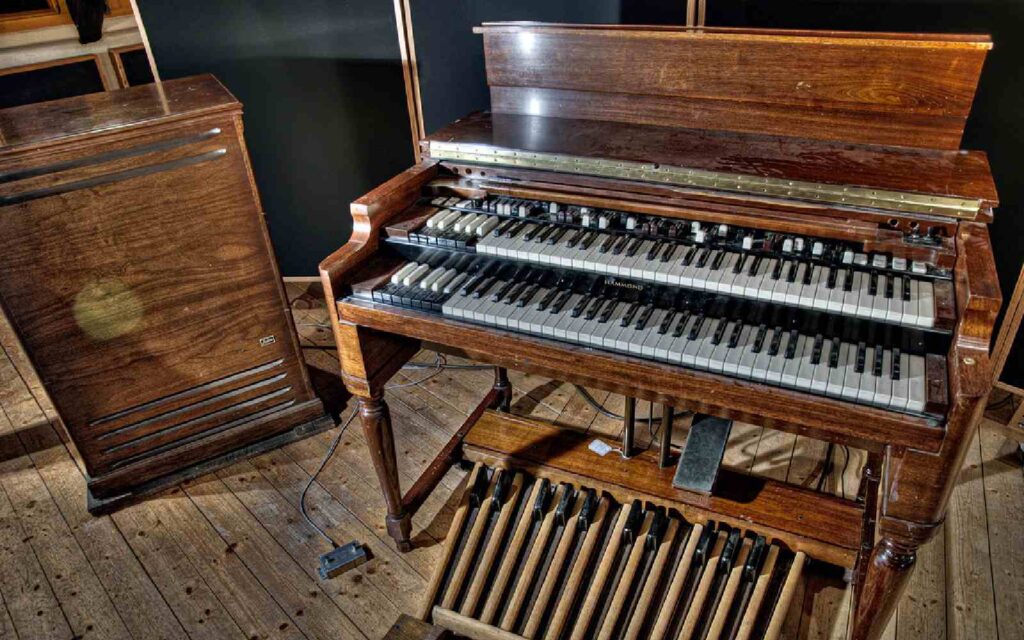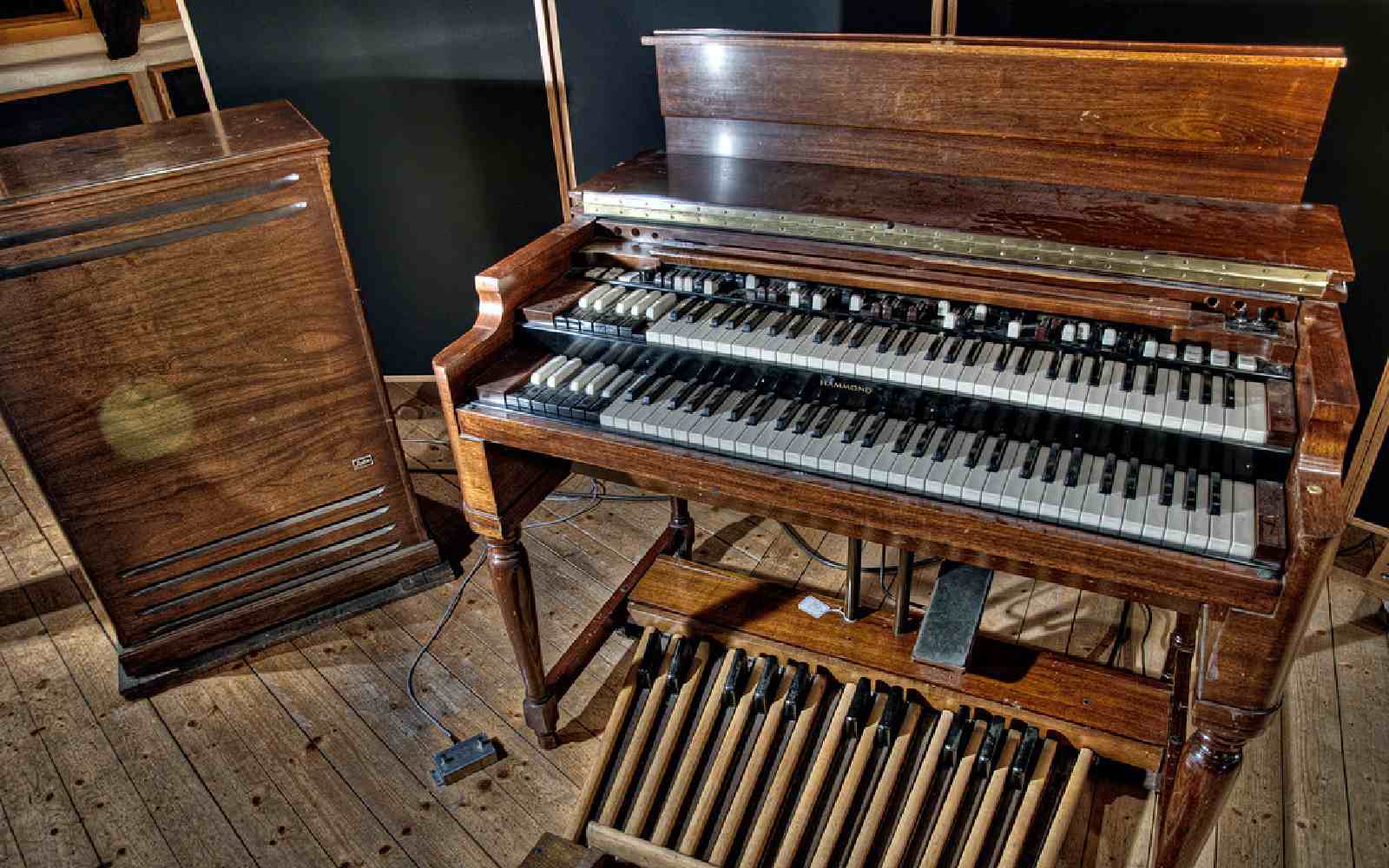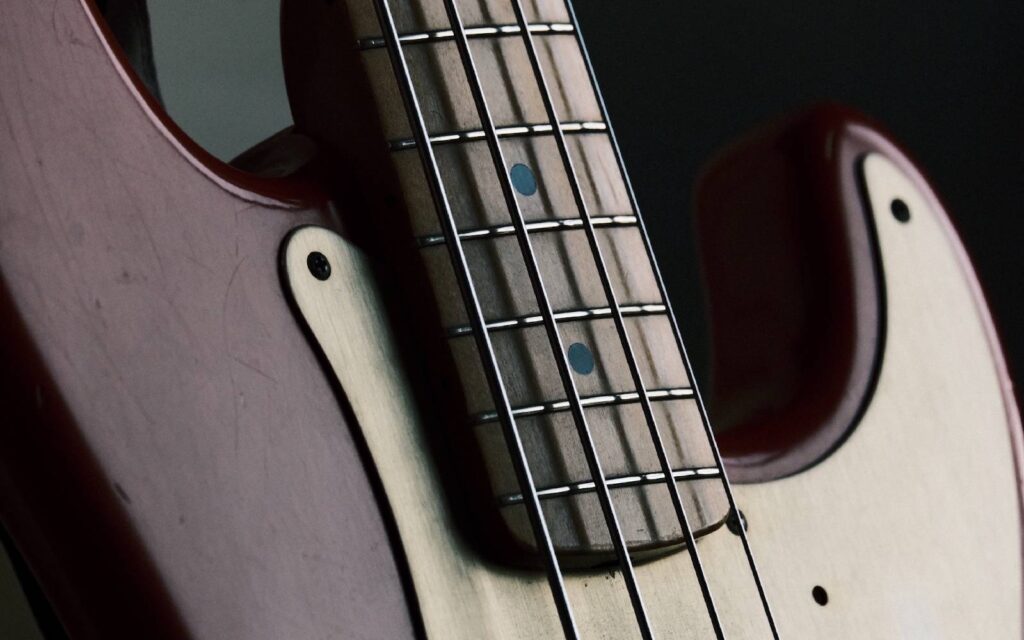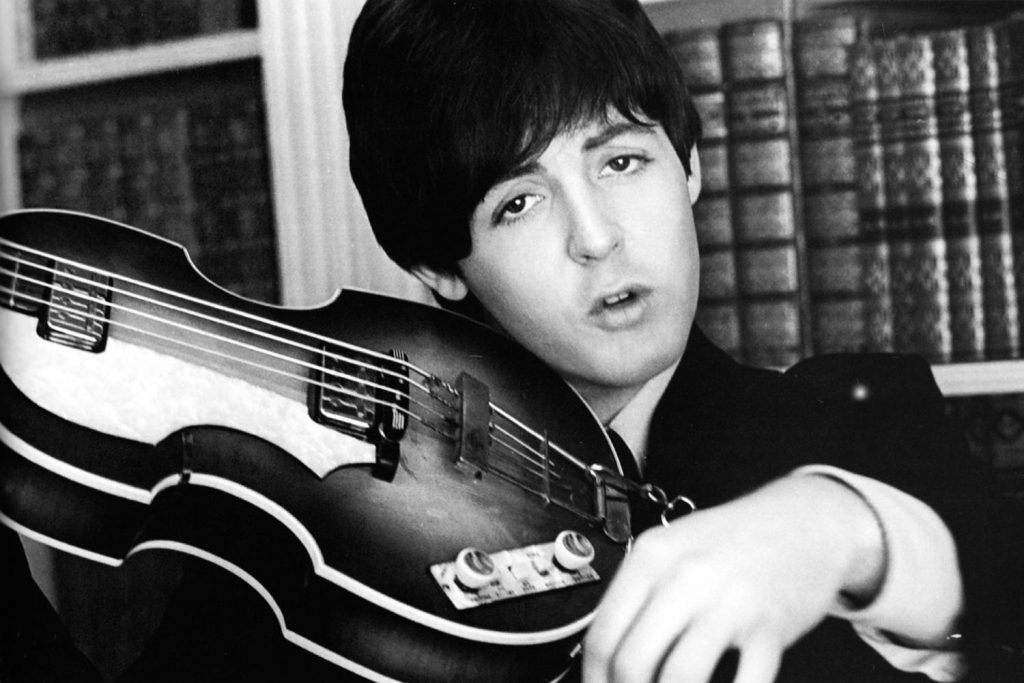You spin me right 'round, baby right 'round, like a... Leslie?
Colloquially referrers to as a “Leslie” or “Rotary”, the rotary speaker is just that: a spinning set of speakers. The brand of speaker cabinets that made them famous is Leslie, and there you have it. Rising to success because of its unique, tremolo-esque sound, the sound of a rotary speaker combines modulation in volume that shifts and warps depending on the speaker’s position to you.
While there’s not explicitly any pitch modulation happening, the effect isn’t unlike a chorusy, flanging effect that gives sound movement, depth and character,.
The Name Behind The Box
As previously mentioned, it’s not uncommon for people to refer to a certain sound or effect as a “Leslie sound” without really knowing what it’s all about. Many a synthesizers and keyboards have had “Leslie” patches in them with a modulating volume that has become a trademark for that certain sound over the years. Like the “Tannoy” speaker, or the “Dreadnought” guitar, it’s easy to see how such an influential design has become part of our language in describing a specific something. But, there is a lot more to the Leslie name than just a label, there is a very real idea behind the brand and a very definite user group that still makes the most of the original design and speaker system that carries the classic name.
What Happens Inside
The effect we continue to refer to when speaking about a Leslie is the modulation that their speaker cabinets achieve from a somewhat simple idea that has been perfected in design and style. Just as a tremolo effect modulates the sound by raising and lowering the volume of an audio signal, the Leslie cabinet creates a similar effect, but in a far more organic manner that results in a sound quite unlike anything else. You see, within the housing of a Leslie speaker cabinet – like most traditional speaker cabinet designs – you will find two sections, the horn and the woofer, but the Leslie has a difference. The horn is in fact two horns, mounted on a slight upwards angle pointing away from each other.
This makes no real sense in classic sound reinforcement design, as it offers no direct projection of sound. But, when the motor drive is engaged, it all makes sense. The key is that these two horns are mounted upon a rotating motor that spins the horns around as they produce sound. What results is a directional effect as the horns move around in their circular motion, having one point directly to the audience for a brief moment until it moves away and off axis. At the same time, the speaker that was pointing away from the audience moves off axis too but begins to swing around towards the audience. This all happens in a moment and continues over and over as the speakers rotate. The effect is quite unlike anything else and cannot truly be replicated by a modulation plugin or effect within a keyboard or computer, as the sound can be heard moving both left and right at the same time, from a single fixed location. To further this effect, the low frequencies driven by the woofer are given movement too. But, as the woofer itself it too cumbersome to allow it to rotate, it is fixed with a rotating barrel directly in front of its throw of sound, creating more of a tremolo effect in the lower registers.

What A Spin
When engaged by a Hammond keyboard, the Leslie speaker offers a very unique form of sound reinforcement that is unmatched by any digital effect that has followed in its ideas. The 11-pin conductor cable that is used with these devices allows for not only audio to be sent along the cable, but control voltage signals too. What this means is that the speaker’s movements can be controlled by the keyboard player as well. So, the speed of the horns rotation can be adjusted to suit as needed, with a slow, hypnotic rotation being offset by a frantically fast spin to give added depth to how the organ sounds. Rotation can be fully stopped from the controller too, returning the Leslie back to being more of a traditional speaker design until the motor is started up again. There are all sorts of effects pedals, rack units and software plugins that have tried to emulate this sound over the years. And while some of them have been convincingly close, they still lack the essential element of the Leslie and that is the variation of direction in sound. People have often thought of the Leslie sound as being something worthy of having its own name and creating it requires the original Leslie design. When you hear it, you’ll know what that sound is – it’s a Leslie.
Leslie products are distributed nationally by Musico. For more details, head to musico.com.au.







